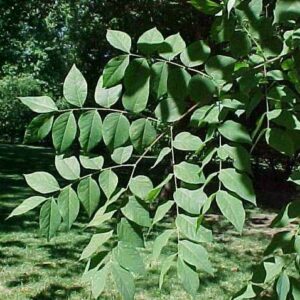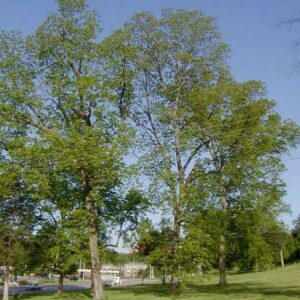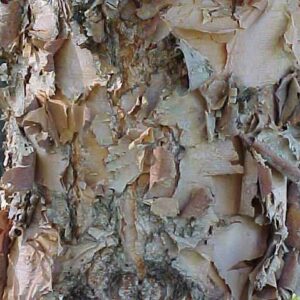Description
Type: Deciduous tree
Family: Cannabaceae
Height:40-60 feet
Spread: 40-60 feet
Native Range: Central and Northeastern North America, statewide in Missouri
Ideal Site Requirements:
Soil: moist organically rich well drained soil
Water: Medium to wet
Sunlight needs: Full sun to part shade
Tolerates: Drought, clay soil, wet soil, air pollution
Landscape use: shade tree, street tree, rain garden
Brief Description: Tall with upright-arching branching and a rounded spreading crown, with up to 3’ trunk diameter. Distinct mature gray bark with corky ridges and warty texture.
Wildlife Benefits: Fruits are eaten by birds who spread the seed.
Possible Problems: Hackberry nipple gall is common. Although the galls do not hurt the tree, they often significantly disfigure the leaves. Witches’ broom (dwarfed, dense, contorted twig clusters at the branch ends) is also somewhat common. It also does little harm to the tree, but can be quite unsightly. Powdery mildew, leaf spot and root rot may occur. Watch for lacebugs and scale.
Stand out Features: Tough shade tree that grows well in a wide range of soils.
Read more here.
Additional information
| Common Name | hackberry |
|---|---|
| Scientific Name | Celtis occidentalis |
| Native Range | North America |
| Zone | 2 to 9 |
| Height | 40.00 to 60.00 feet |
| Spread | 40.00 to 60.00 feet |
| Bloom Time | April to May |
| Bloom Description | Green |
| Sun | Full sun to part shade |
| Water | Medium to wet |
| Maintenance | Low |
| Suggested Use | Shade Tree, Street Tree, Rain Garden |
| Flower | Insignificant |
| Fruit | Edible |
| Tolerate | Drought, Clay Soil, Wet Soil, Air Pollution |





